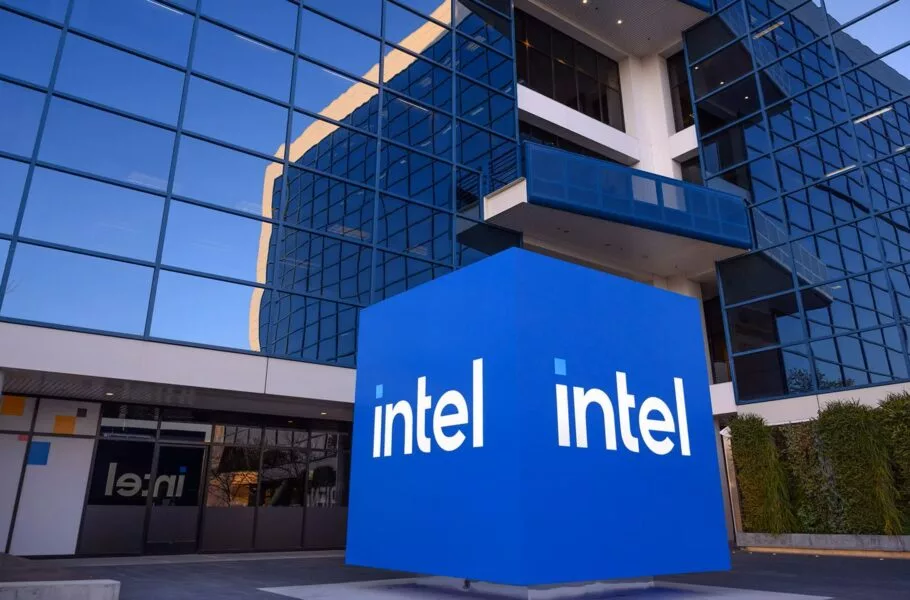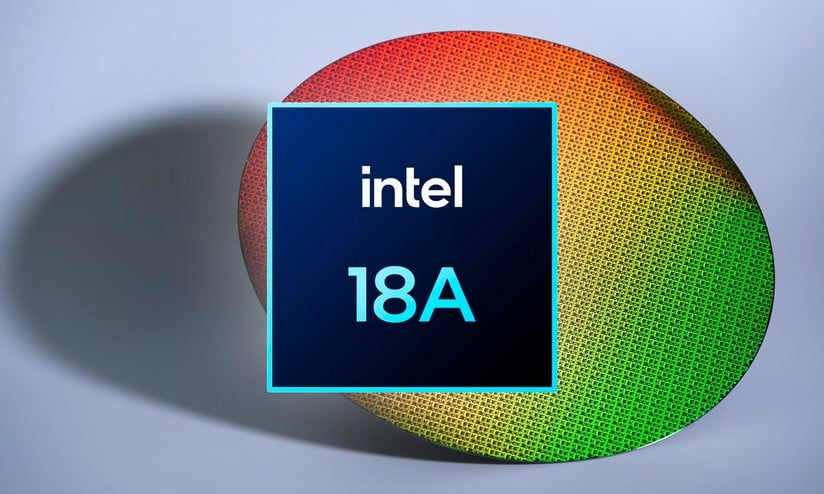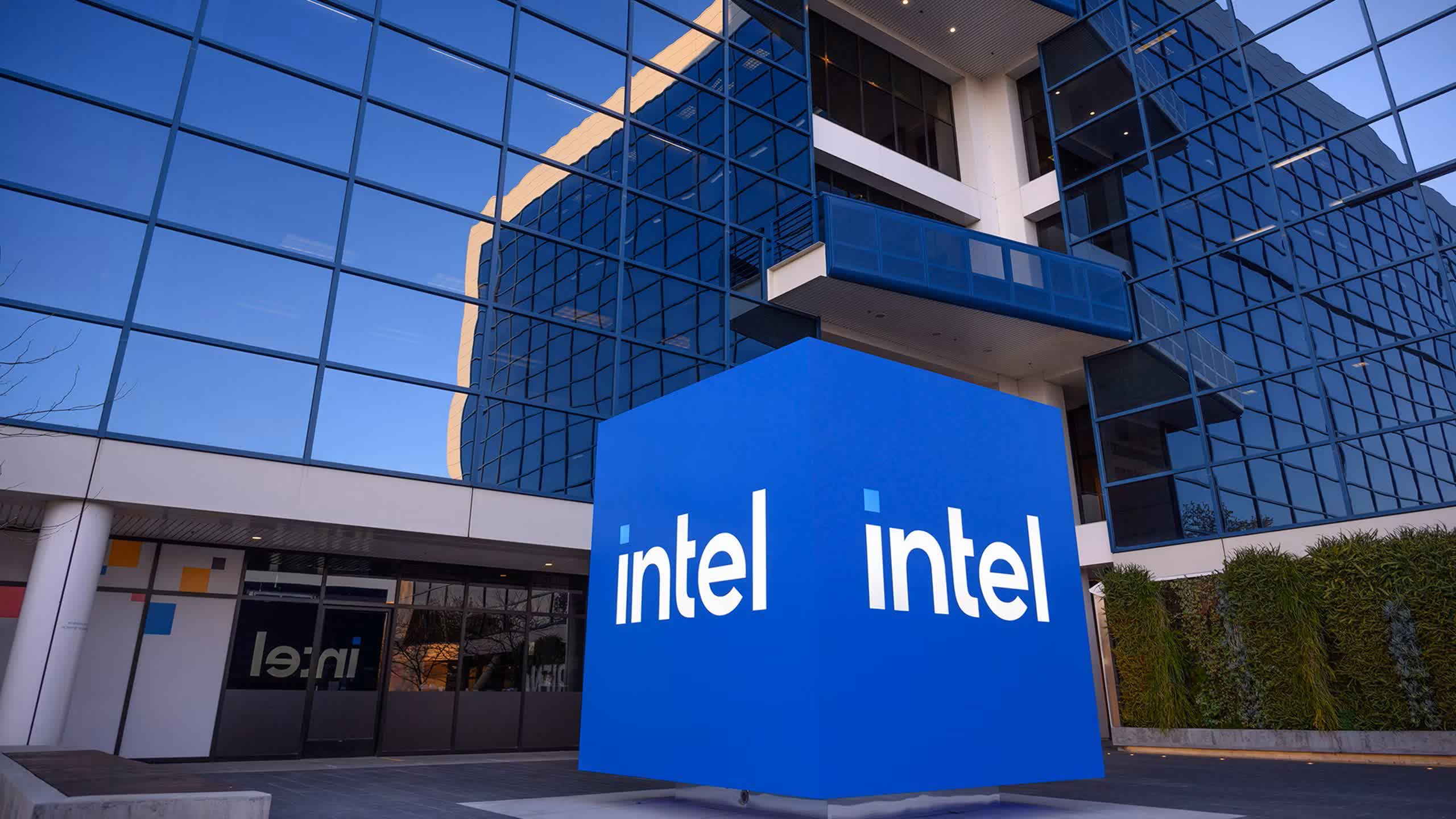
New reports from Reuters indicate that the major technology company Intel is grappling with serious and pervasive challenges in the production of its next-generation computer chips. These chips, slated to be manufactured using the advanced 18A process, play a vital and decisive role in Intel’s survival and competitiveness in the global semiconductor market. The current issues could confront the future of this chip-making giant with fundamental uncertainties and questions, further weakening its position against its fierce competitors.
The 18A manufacturing process is not only considered a significant technological step for Intel but also symbolizes the company’s determination to reclaim its dominance in advanced chip manufacturing. Intel has invested billions of dollars in the research and development of this process, hoping to reduce its gap with current industry leaders, especially TSMC, which is at the forefront of advanced chip production. However, it appears this costly and difficult path is not as smooth as anticipated.
Chips based on the 18A process will form the backbone of Intel’s future products. Any delay or inability to mass-produce these chips with high quality will not only lead to significant financial losses but can also result in market share loss and a decrease in customer and investor confidence. This situation has placed Intel in a critical position, requiring immediate and effective solutions.
18A Process Challenges: Low Yield and High Defect Rates
According to a report published by Reuters, Intel’s 18A process is still facing issues such as low yield and high defect rates in production. This means that a significant percentage of the chips produced are faulty and unusable. This directly impacts production costs and Intel’s ability to meet market demand.
This news is not actually the first warning sign for the 18A process. Last year, reports also emerged about Broadcom’s dissatisfaction with the initial test results of chips manufactured using this process. Broadcom, one of Intel’s potential customers for its chip production, was reportedly unhappy with the performance of the initial samples. These events raise doubts about Intel’s ability to fulfill its promises regarding advanced manufacturing.
Nevertheless, in response to these reports, Intel has consistently emphasized the on-schedule progress of the 18A process and stated that Panther Lake chips, intended to be the first 18A-based products, will reach mass production by the end of the current calendar year. This contradiction between news reports and Intel’s official statements has created an atmosphere of uncertainty in the market.
The Importance of Yield in Semiconductor Manufacturing
In the complex and costly semiconductor manufacturing industry, the concept of “Yield” is of paramount importance. Yield refers to the percentage of healthy and usable chips produced from a silicon wafer. The higher the yield, the more healthy chips are produced, consequently reducing the production cost per chip and increasing the company’s profitability.
Intel typically aims to achieve at least 15% yield in usable chips before commencing mass and widespread production of a new process. However, true and economic profit for the company is realized when this yield reaches 70 to 80 percent. Such a high yield enables cost-effective and competitive production, allowing the company to recoup significant R&D expenses and initial investments.

However, reports indicate that last year, the yield of Panther Lake chips produced with the 18A process was only around 5 percent. This figure is highly concerning, as it demonstrates severe inefficiency in the production process. Intel’s goal was to increase this yield to 10 percent by this summer, but the new Reuters report, despite not providing exact statistics, only refers to the current yield as “low,” which could also mean not achieving this goal.
In contrast to these concerning reports, an Intel spokesperson stated in an official announcement that the company “feels very good” about the current status of the 18A process. The statement emphasized that this technology is set to be the foundation for several generations of client (personal computers) and server products in the coming years, and the company has full confidence in its progress in this area. This stark difference between leaked information and official statements has put market analysts in a wait-and-see situation.
Consequences of Production Challenges for Intel
Problems in the production of the 18A process could have widespread consequences for Intel. Firstly, delays in releasing next-generation chips could mean missing business opportunities in a rapidly advancing market. Competitors like TSMC and Samsung are currently producing chips with more advanced process nodes, and any delay will further set Intel back.
Furthermore, Intel’s massive investments in building new factories and developing advanced manufacturing processes, if unsuccessful in achieving desired yields, could lead to heavy financial losses. These losses could impact the funding of future projects and the company’s ability to innovate.
Another worrying point mentioned in the reports is the possible link between these issues and the recent wave of layoffs among Intel’s employees and manufacturing unit staff. Some analysts believe that the dismissal of skilled and experienced personnel might have contributed to the disruption or slowdown in the 18A chip production process. A reduction in specialized human resources in key manufacturing sectors could mean a loss of accumulated knowledge and experience, which is essential for solving complex production problems.
In recent years, Intel has made significant efforts to revive its position in the semiconductor industry. The company’s “IDM 2.0” strategy, based on the integration of design and manufacturing (Integrated Device Manufacturer), was formed with the aim of restoring Intel’s leadership in chip manufacturing processes. The 18A process is a cornerstone of this strategy, and its success is vital for Intel’s credibility and future. Intel urgently needs to not only release its new chips on time but also do so with high yield and desired quality to regain market and customer trust.
Ultimately, Intel is at a critical juncture. Success in the 18A process could pave the way for the company’s return to its peak, but failure on this path could have irreparable consequences for this chip-making giant. All eyes are on Intel to see how it will overcome this major challenge.
Source: Digiato




